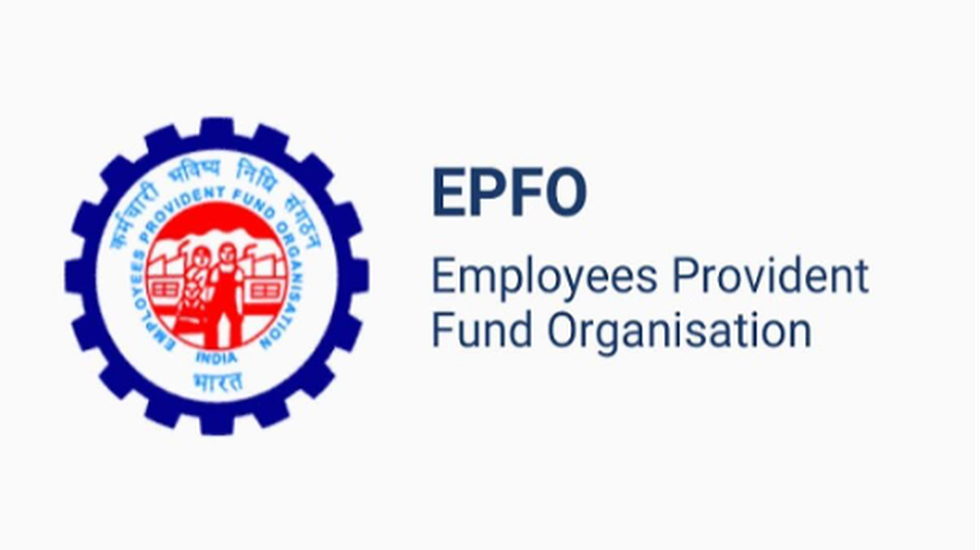Why in News?
- In 2014, the central government issued a notification allowing an EPFO member and their employer to jointly avail the option of contributing 8.33 percent of the actual salary to the Employee Pension Scheme (EPS) without any ceiling, thus enabling the member to receive a higher pension.
- A six-month deadline — later extended by another six months was set to opt for this provision.
- Recently the Supreme Court ruled that employees who had not exercised the option for higher pension would get a further four months from the date of this court order to do so, with their employer’s consent.
About Employees Provident Fund Organisation (EPFO):
- It is a statutory body under the Employees' Provident Funds and Miscellaneous Act, 1952.
- It is under the administrative control of the Union Ministry of Labor and Employment.
- Structure of EPFO:
- The Act and all its schemes are administered by a tripartite board called the Central Board of Trustees.
- The board comprises representatives of the Government (both Central and State), employers, and employees.
- The board is chaired by the Union Minister of Labour and Employment, Government of India.
- The Central Board of Trustees operates 3 schemes:
- The Employees’ Provident Funds Scheme, 1952 (EPF)
- The Employees’ Pension Scheme, 1995 (EPS)
- The Employees’ Deposit Linked Insurance Scheme, 1976 (EDLI)
- EPFO is also the nodal agency for implementing Bilateral Social Security Agreements with other countries on a reciprocal basis.
- Coverage: The schemes offered by EPFO cover Indian workers and international workers (from countries with whom the EPFO has signed bilateral agreements).
About Employee Pension Scheme (EPS):
- The scheme makes provisions for employees working in the organized sector for a pension after their retirement at the age of 58 years.
- The benefits of the scheme can be availed only if the employee has provided a service for at least 10 years.
- Under Employees’ Provident Funds Scheme(EPF), both the employer and employee contribute 12% each of the employee’s pay towards the Employees Provident Fund (EPF).
- While the employee’s entire share is contributed towards EPF, 33% of the employer’s share goes towards the Employees’ Pension Scheme (EPS) and 3.67% goes towards EPF contribution every month.
